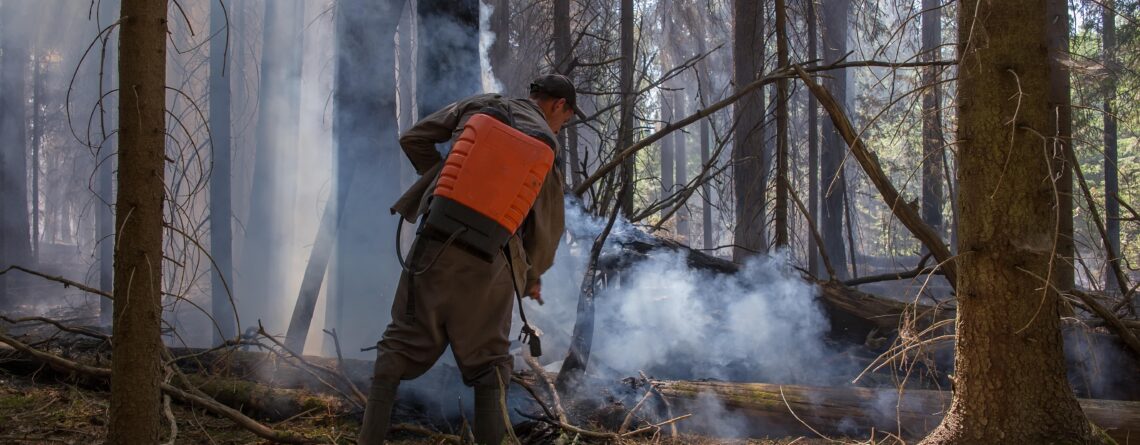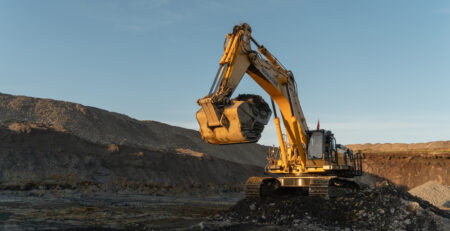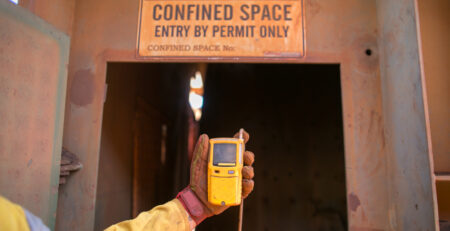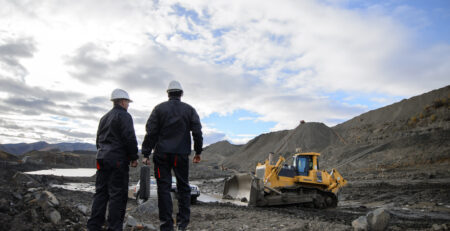The Impact of Wildfires on Air Quality & Outdoor Workers in Alberta
Alberta, Canada, a province known for its picturesque landscapes and vast wilderness, faces a significant challenge every year – wildfires. This natural disaster not only poses threats to wildlife and property but also has severe consequences for the air quality in the region. In recent years, the intensity and frequency of wildfires have increased due to climate change, leading to far-reaching effects on the environment and public health.
Among those most affected are the outdoor workers in construction, transportation, mining, agriculture, and other industries. This article explores how wildfires affect air quality in Alberta and highlight the urgent need for air quality solutions for the well-being of these outdoor workers.
Wildfires and Air Quality in Alberta
Wildfires release significant amounts of particulate matter, volatile organic compounds (VOCs), nitrogen oxides (NOx), and carbon monoxide (CO) into the atmosphere. These airborne pollutants can travel vast distances, blanketing entire regions with thick smoke and smog. With its expansive forests and grasslands, Alberta becomes vulnerable to such impacts during wildfire seasons.
The resulting poor air quality can lead to a number of health issues for the population. Short-term exposure to wildfire smoke can cause respiratory problems and exacerbate asthma, bronchitis, and other chronic lung conditions. Poor air quality leads to decreased energy levels and reduced productivity. Additionally, prolonged exposure to smoke particles has been linked to an increased risk of cardiovascular diseases, lung cancer, and even premature death. Vulnerable groups, such as children, the elderly, and those with pre-existing health conditions, are at even higher risk.
The Impact on Outdoor Workers
Alberta’s economy heavily relies on outdoor industries like construction, transportation, agriculture, and resource extraction. Unfortunately, the nature of these jobs often requires workers to spend extended periods outdoors, exposing them to the adverse effects of wildfire smoke. Construction workers are involved in building projects that may only sometimes have the luxury of indoor workspace, while transportation personnel face prolonged exposure while driving on highways affected by smoke.
Agricultural workers, too, bear the brunt of poor air quality during wildfire events. They toil in fields and pastures, making them susceptible to inhaling harmful pollutants that linger in the air. Wildfires can also compromise water sources, leading to water contamination, which may further affect the health of outdoor workers who rely on these resources.
Air Quality Solutions for Outdoor Workers
Given the increased frequency and intensity of wildfires, protecting the health and well-being of outdoor workers must become a top priority. Employers, regulatory bodies, and individuals should collectively take steps to ensure the implementation of air quality solutions.
- Monitoring and communication – Establishing a robust air quality monitoring system can help identify hazardous conditions. Employers should communicate these conditions to workers, adjust schedules, or provide personal protective equipment (PPE) when necessary.
- Ensure ISO air quality standards are met – Mobile equipment cabins used in the mining and construction industry must meet the new international standard to protect workers and mitigate liability. The updated ISO 23875 has been set in place to support the safety of workers and improve productivity while holding companies accountable for reducing exposure to harmful toxins. At Polar Mobility, we provide certification for mining and construction equipment to ensure compliance with the new health and safety standards.
- Respiratory protection – Equipping outdoor workers with N95 masks or respirators can significantly reduce their exposure to harmful airborne particles. Employers should make it mandatory for workers to wear this protective gear during wildfire events.
- Flexible scheduling – Where possible, employers can modify work schedules to reduce outdoor exposure during peak wildfire activity. Early morning shifts, when air quality is usually better, could be considered.
- Training and awareness – Conduct regular training sessions for outdoor workers to educate them about the dangers of poor air quality and how to use protective equipment effectively.
Final Thoughts
Addressing this ongoing challenge requires a multi-faceted approach involving awareness, preparedness, and collaboration. By implementing air quality solutions and providing appropriate protective measures, we can safeguard the health of outdoor workers and build a safer and more resilient Alberta for the future.













